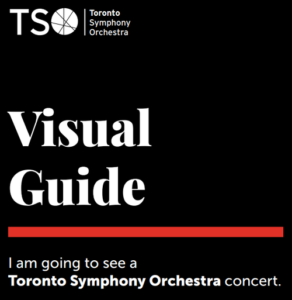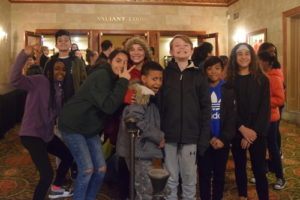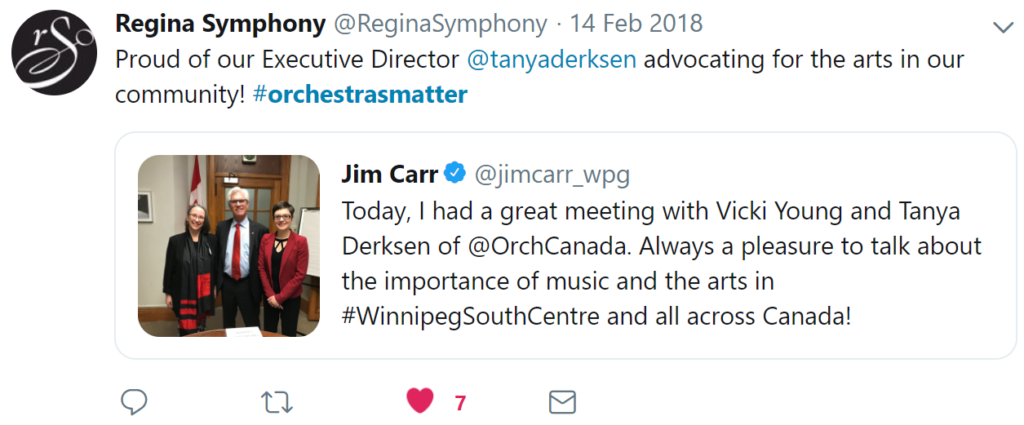Relationships between Canadian orchestras, Indigenous peoples, and people of colour
This report, authored by Soraya Peerbaye and Dr. Parmela Attariwala, was commissioned by Orchestras Canada with support from the Canada Council for the Arts, and OC’s donors. It is the product of over twelve months’ research, and presents perspectives gathered through interviews and roundtable discussions with close to forty administrators, artistic directors, Indigenous musicians, and musicians of colour.
The report is composed of three chapters:
- Placing relationships at the heart presents perspectives gathered through these interviews and roundtables.
- Defining the terms underlying the IDEA(s) presents a historical and critical overview of issues related to equity and diversity, including systemic inequity and coloniality in Canadian orchestras.
- Re-visioning Western classical musical training for the 21st century addresses the changes needed in music education and training, as well as in professional associations, to generate socio-cultural and musical change in Canadian orchestras.
The report concludes with a series of recommendations to Orchestras Canada that include actions, conversations and questions to help advance diversity and equity in Canadian orchestras. In an addendum to the report, Orchestras Canada presents our initial responses to these recommendations.
By commissioning this report, Orchestras Canada has taken a first step to re-defining our role as an arts service organization. We are proud to have started this journey, grateful for the learnings so far, and excited to continue. We humbly acknowledge that we have much more to do.
Re-sounding the Orchestra presents many challenges to ingrained ways of working, but we believe OC’s ability, and in the collective ability of Canadian orchestras (musicians, artistic leaders, board members, direct service volunteers, staff, and audiences) to respond to these new challenges.
Contact
Katherine Carleton
Executive Director
Orchestras Canada/Orchestres Canada
[email protected] | 705-243-6640 | 1-877-809-7288 x 1
We acknowledge the support of the Canada Council for the Arts


 Under the
Under the  The Relaxed Performance differed from other TSO concerts in a number of ways:
The Relaxed Performance differed from other TSO concerts in a number of ways: The lesson plan, “Four Filters” encourages kids to try new ways of listening. This lesson plan explores melody, harmony, rhythm and visuals, discussing those concepts and using a listen-and-react exercise which helps students identify and describe them in pieces of music.
The lesson plan, “Four Filters” encourages kids to try new ways of listening. This lesson plan explores melody, harmony, rhythm and visuals, discussing those concepts and using a listen-and-react exercise which helps students identify and describe them in pieces of music.